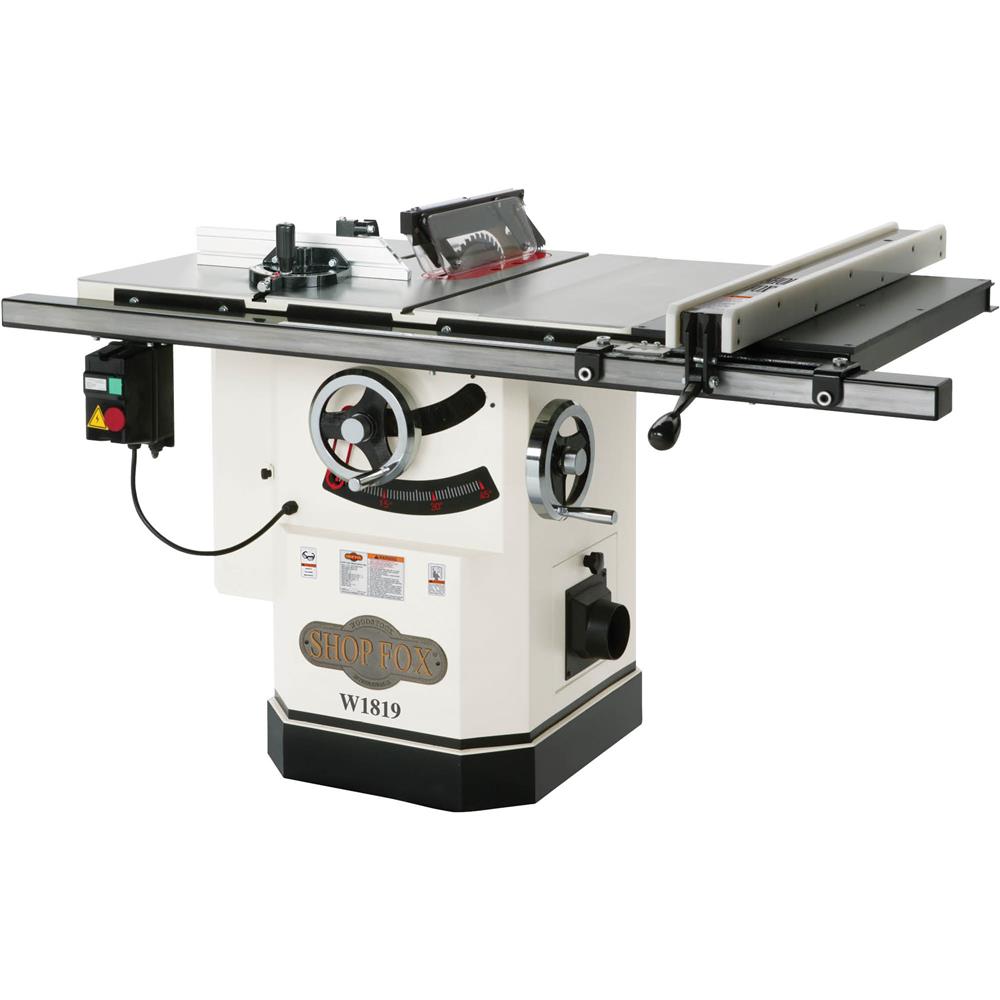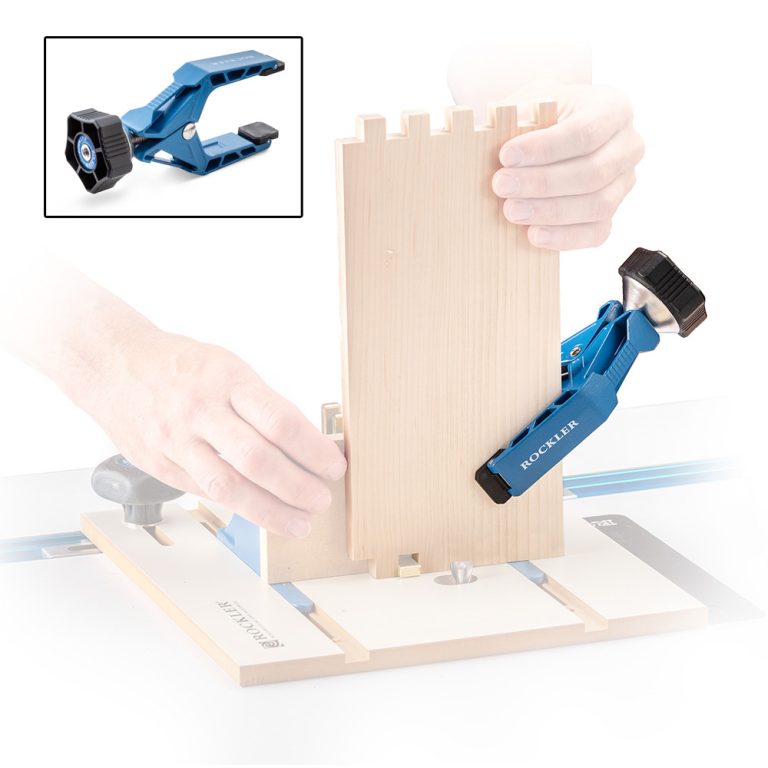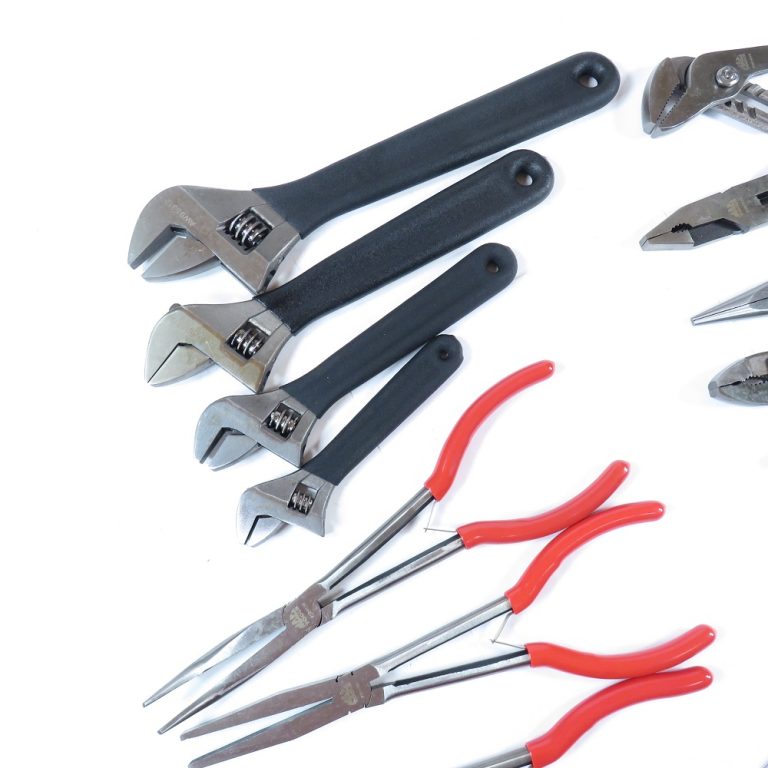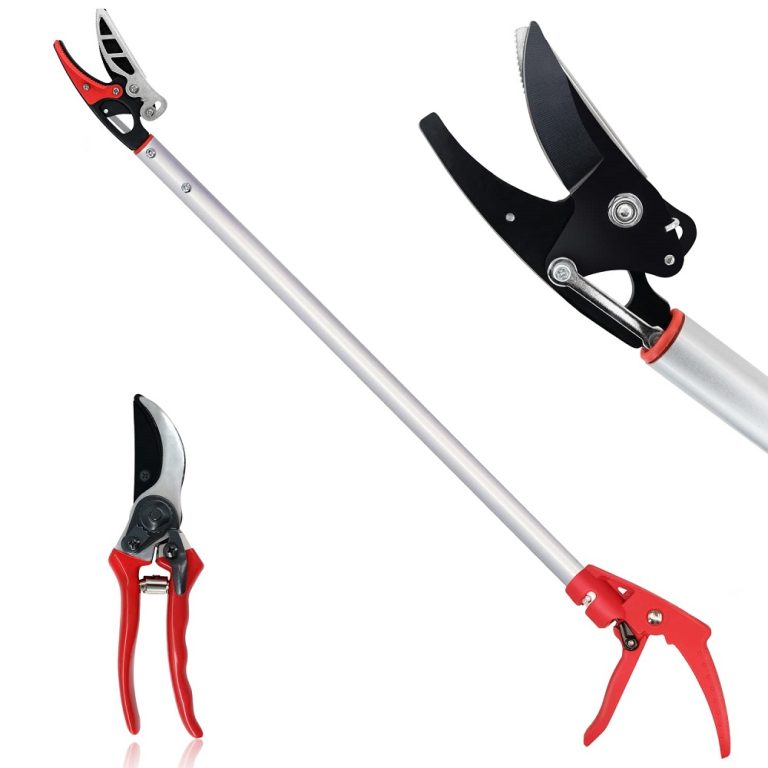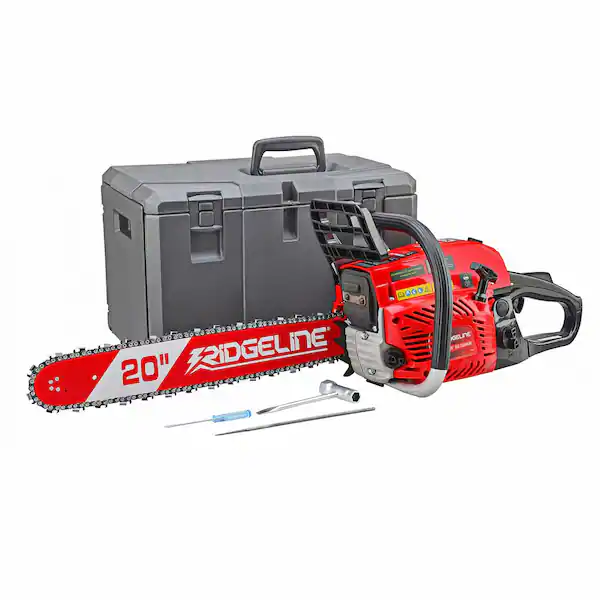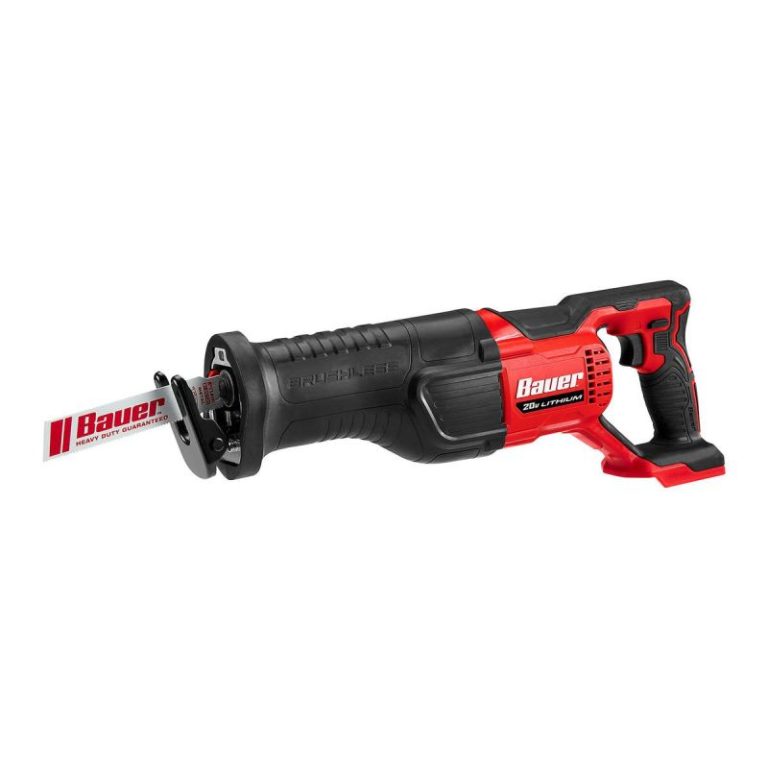Introduction to Shop Table Saws
Shop table saws are essential tools for woodworkers. They allow for precise cuts, repeating tasks with ease, and handling various materials. When you step into a workshop, the table saw is often a centerpiece, buzzing with activity. Its versatility makes it a must-have for professional and hobbyist woodworkers alike.
In 2025, the options available for shop table saws are diverse. They range from portable models for contractors to cabinet saws for fine woodworking. With advancements in technology, accuracy and safety have improved, and so has the variety of features that cater to different needs. In this guide, we explore what a table saw is and why it remains an indispensable part of the modern shop.
The table saw’s primary function is to rip, cross-cut, and bevel wood with precision. Key components include the blade, motor, and the guide or fence that ensures straight cuts. Users should understand these basics to fully exploit their saw’s capabilities. As we delve deeper into the world of shop table saws, it will become clear how vital they are for efficient and high-quality woodworking projects.
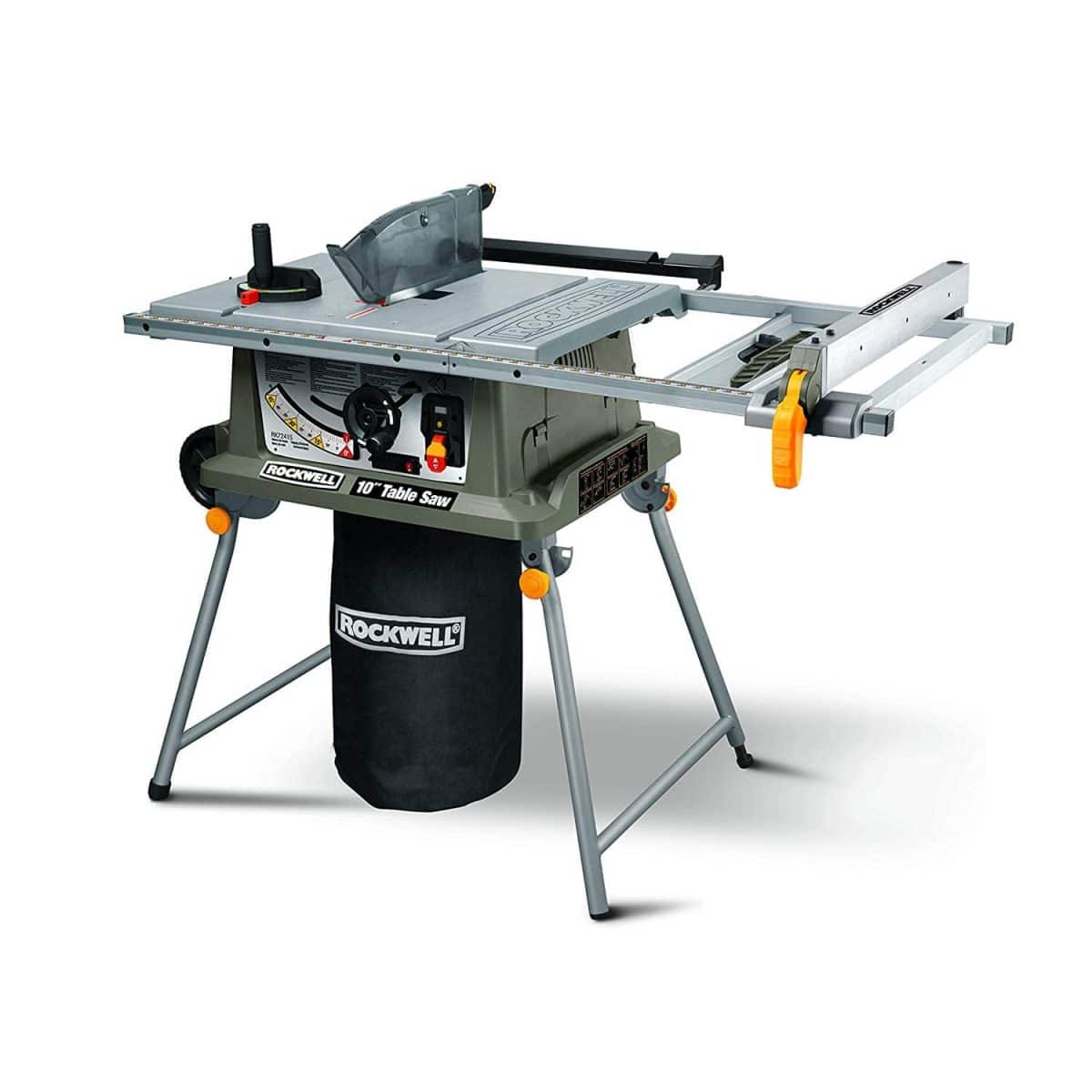
Types of Table Saws for Workshops
Choosing the right type of table saw for your workshop is crucial. Each type caters to specific needs and skill levels. Here’s a rundown of the common varieties:
Benchtop Table Saws
These are lightweight and ideal for those with limited space. They work well for small projects and are easy to move around.
Contractor Table Saws
Contractor saws are a step up in size and power. They’re suitable for larger projects and more frequent use. Despite their size, they are still somewhat portable.
Cabinet Table Saws
For professional woodworkers, cabinet saws offer stability and precision. They are heavy, designed for accuracy, and equipped to handle intense workloads.
Hybrid Table Saws
Hybrid saws merge features from contractor and cabinet saws. They provide a balance between performance and price, making them a popular choice.
Jobsite Table Saws
Jobsite saws are designed for contractors who need durability and portability on-site. They often have features that cater to the rigors of travel and varied work environments.
When selecting shop table saws, consider your projects’ scale, your shop space, and your budget. Reflect on these aspects to choose the saw that aligns with your woodworking aspirations.

Features to Consider when Buying a Table Saw
When you’re in the market for shop table saws, certain features stand out as must-haves. Here’s what to look for to make the best choice:
Power and Motor Performance
Start with the motor. High-quality saws boast robust motors that deliver consistent power. This ensures smooth cutting, even with dense materials.
Blade Quality
The blade is the heart of the saw. Opt for a sharp, durable blade. It makes precise cuts and lasts longer.
Safety Features
A good saw comes with safety features like riving knives, blade guards, and anti-kickback pawls. They protect you during operation.
Fence and Miter Gauge
A reliable fence and miter gauge are key for straight, accurate cuts. Ensure they’re easy to adjust.
Dust Collection System
A built-in dust collection system keeps your workspace clean and free from debris.
Ease of Use
Look for table saws that are user-friendly. Adjustments should be simple to make, saving you time.
Portability
If you move your saw often, portability matters. Lightweight and compact models are available.
Price
Set a budget. Shop table saws come in various price ranges, fitting different budgets.
Warranty and Support
Finally, check the warranty and customer support. They offer peace of mind if issues arise.Keep these features in mind when shopping for your new shop table saw. They’ll guide you to a saw that meets your needs, fits your space, and aligns with your budget.
Safety Tips for Using Table Saws
Safety is paramount when operating any kind of power tool, and shop table saws are no exception. Adhering to safety protocols not only ensures personal well-being, but also extends the life of your equipment. Here are some essential safety tips every woodworker should follow when using a table saw:
- Wear Safety Gear: Always wear eye protection to guard against flying debris. Hearing protection is smart to prevent long-term hearing loss.
- Read the Manual: Before use, read your saw’s manual. It contains vital safety and operational information specific to your model.
- Check the Saw: Inspect the saw before each use. Look for any loose components or damage that could cause issues.
- Use Push Sticks: When cutting smaller pieces, use push sticks. They keep your fingers at a safe distance from the blade.
- Don’t Reach Over the Blade: Never reach over a spinning blade. Wait until it comes to a complete stop.
- Maintain a Clean Workspace: Keep the area around the saw free from sawdust and offcuts. This prevents accidental slips or trips.
- Use Blade Guards: Whenever possible, operate with the blade guard in place. It’s an essential barrier between you and the blade.
- Avoid Free-Hand Cuts: Always use a fence or miter gauge for guidance. This leads to safer and more precise cuts.
- Never Force the Wood: Feed the wood into the blade at a steady pace. Forcing it can lead to kickbacks.
- Stay Focused: Concentrate on the task. Distractions can cause accidents.
Implementing these safety measures will help create a safer environment when working with shop table saws. Regularly review and practice these tips to become second nature in your woodworking routine.

Maintenance and Care for Table Saws
Proper maintenance ensures your shop table saw remains in top condition. Regular care also prolongs its life and maintains accuracy. Here are tips to keep your saw in peak performance:
- Clean Regularly: Wipe down your saw after each use. Remove dust and debris to prevent build-up.
- Lubricate Moving Parts: Apply lubricant to moving components. This reduces friction and wear over time.
- Check Alignment: Ensure the blade and fence are parallel. Proper alignment is critical for accurate cuts.
- Sharpen the Blade: A sharp blade cuts better and safer. Sharpen or replace it as needed.
- Inspect Belts and Bearings: Look for signs of wear or damage. Replace faulty parts promptly to avoid breakdowns.
- Check Safety Features: Confirm that guards and riving knives are functioning correctly. They are vital for your protection.
- Tighten Loose Bolts: Regular use can loosen bolts and screws. Tighten them to keep your saw stable.
- Update as Needed: Upgrade parts or add accessories to improve performance and safety.
- Use a Blade Dampener: It helps reduce vibration and noise. This leads to smoother cuts and a quieter workspace.
- Follow Manufacturer’s Instructions: Every saw is different. Refer to the manual for specific maintenance guidelines.
By following these simple yet crucial steps, your shop table saw will consistently deliver the high-quality results you depend on. Regular upkeep not only saves time and money but also helps ensure safety during use.

Top Table Saw Brands in 2025
In 2025, several table saw brands stand out. These brands have earned the trust of woodworkers both professional and hobbyist. Known for their reliability and innovation, they cater to varying needs and budgets. When looking to buy a shop table saw, the brand can be a deciding factor, as it often reflects the quality and service you can expect. Here’s a look at the top table saw brands in 2025:
- DeWalt: DeWalt remains a favorite for its rugged designs and consistent performance. Their table saws are known for their portability and precision, making them a top pick for contractors on the move.
- SawStop: SawStop is synonymous with safety. Their saws feature patented safety systems that stop the blade instantly upon contact with skin. This brand leads in preventing workshop accidents.
- Bosch: Bosch offers a range of powerful and precise saws, suitable for fine woodworking. Their table saws come with advanced features that cater to both beginners and seasoned woodworkers.
- Makita: Makita is appreciated for its compact and efficient saws. The brand is a go-to for professionals looking for high-quality cuts in a portable package.
- Jet: Jet table saws are designed for heavy-duty use. Their robust build quality and precision make them a solid choice for long-term professional use.
When you’re in the market for a shop table saw, consider these renowned brands. They each bring a unique set of benefits to your workshop, from safety features to precision cutting. Reflect on what you prioritize in a saw, be it innovation, sturdiness, or value, and choose a brand that aligns with your woodworking goals.
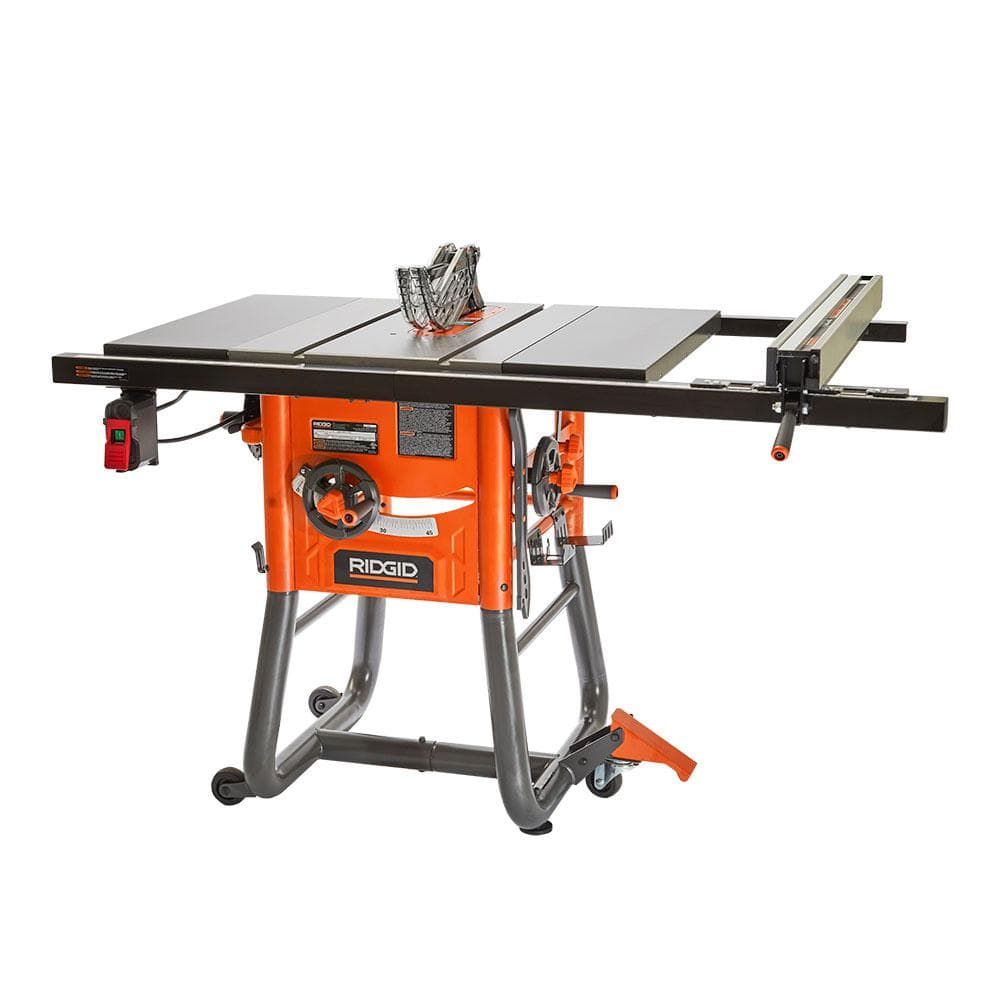
Advancements in Table Saw Technology
The world of shop table saws has seen remarkable tech advancements by 2025. These improvements have made table saws more precise, safer, and easier to use. Let’s explore some of the latest tech features you might find in today’s shop table saws.
- Smart Saw Technology: Some table saws now come with touch screens and apps. This helps users easily adjust settings and get support.
- Laser Guide Systems: Lasers now mark the cutting path. This helps with more accurate cuts.
- Automatic Adjustments: Saws can self-adjust blade height and angle. This cuts down setup time.
- Enhanced Dust Collection: Better dust control systems keep your space cleaner.
- Wireless Connectivity: Saws can connect to phones or tablets. This lets you track cuts and monitor saw stats.
- Advanced Safety Systems: New sensors stop the blade faster than ever when they detect skin.
Table saws have evolved. Users now enjoy tools that are not only about power but also about precision and ease. Shop for a table saw that uses these advancements. It will change how you work and increase shop safety and efficiency.

How to Choose the Right Table Saw for Your Shop
Choosing the right shop table saw is key to quality work. Consider your work demands and space. Here are steps to ensure you pick the right one:
- Assess Your Needs: Think about the projects you do. Heavy-duty jobs need a more powerful saw. Small tasks may need a less complex model.
- Measure Your Space: Know how much room you have. Large saws need more space. Portable saws are better for tight areas.
- Set Your Budget: Work out how much you can spend. More expensive saws often have more features. Remember to weigh cost against need.
- Consider Portability: Ask if you will move the saw often. If yes, a lightweight saw is crucial.
- Think Long-Term: Choose a saw that will grow with your skills. A flexible saw may serve you longer.
- Look at Features: Besides power and safety, check for extra features. Things like dust collection and easy-to-read controls matter.
- Read Reviews: See what others say about different saws. User experiences can guide your choice.
- Evaluate Brands: Refer to the brand section above. A reliable brand can offer better quality and support.
- Check Compatibility: Make sure the saw works with your other tools. It should fit in with your workshop setup.
- Ask for advice: If still unsure, talk to seasoned woodworkers. They can offer practical insights.
With these points in mind, you can find the shop table saw that fits your wood-cutting needs best.
